Unlike HTML or CSS, C++ is a programming language. This means that for the most part, we are limited by our imagination as to what we can achieve with it.
As it is a very powerful tool, it certainly isn't as easy to pick up as HTML or CSS, but this shouldn't deter you if you wish to learn C++.
You'll notice semi-colons peppered throughout the code above. These are the bane of most programmers' existence but at the same time are extremely important to the program.
Why? Well, each semi-colon tells the compiler that this line of code has finished and that it should move onto the next one.
But what's a compiler? Unfortunately, computers don't understand English. If they did, a lot of programmers would be out of a job and we'd probably have a Skynet type situation on our hands, but since they don't, we need something to translate.
This is what a compiler does. It takes the source code (the code you write) and translates it into something the computer will understand. Doing this allows us to write programs that we can execute and make the computer do things for us.
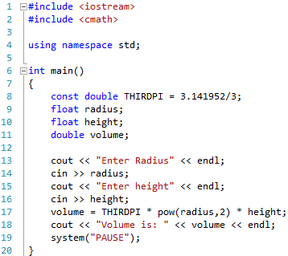
As with most programming languages, a fundamental part of C++ is variables. You can think of variables as a box with a label attached to it. We can tell the computer to store values in these boxes and store them in the computer's memory (you could think of it like a shelf).
However, we couldn't fit a shoe in a ring box and for similar reasons, there are different types of variables to store different types of data.
When we tell the computer to create a variable, we must also tell it what type of data we will be wanting to put in it. For example, if we wanted to store say, an integer (any whole number), we would have to use a different type of variable than if we wanted to store a string (a series of characters).
Code is typically split up into functions which are a programmer's way of splitting up a large problem into smaller, easier to manage problems. The programmer will then link the functions together and produce a complete solution to the original problem.
There are also hundreds of other different features a programmer can use to make their life easier. Most of these are based upon the fact that they are conditional and so the computer will only use them if a condition is met.


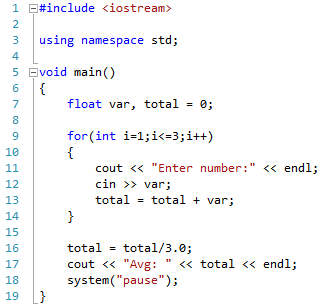




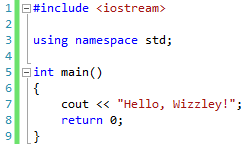
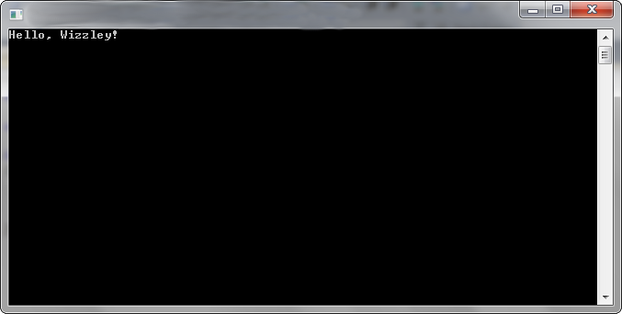

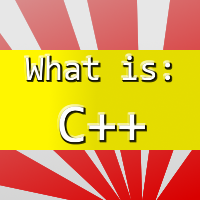

 Microsoft Reveals New Next-Gen Console: Xbox Oneon 05/21/2013
Microsoft Reveals New Next-Gen Console: Xbox Oneon 05/21/2013
 Duolingo - Learn A New Language Easily And Entirely Freeon 04/03/2013
Duolingo - Learn A New Language Easily And Entirely Freeon 04/03/2013
 How Ghost Pictures Can Be Fakedon 01/28/2013
How Ghost Pictures Can Be Fakedon 01/28/2013
 How To Create And Install GIMP Brushes For Beginnerson 01/28/2013
How To Create And Install GIMP Brushes For Beginnerson 01/28/2013

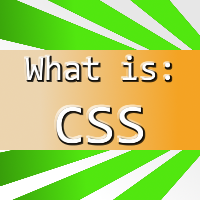
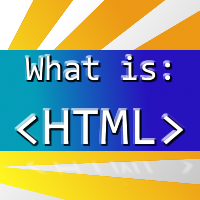
Comments
I thought it was pretty amazing, never seen it before!
I had to laugh seeing that T-shirt, "You had me at hello world." :D
Certainly one of the go-to languages for almost anything - incredibly useful!
Another great tutorial! I've never learned C++, but this has made me want to tip my toe in this particular cyber water.